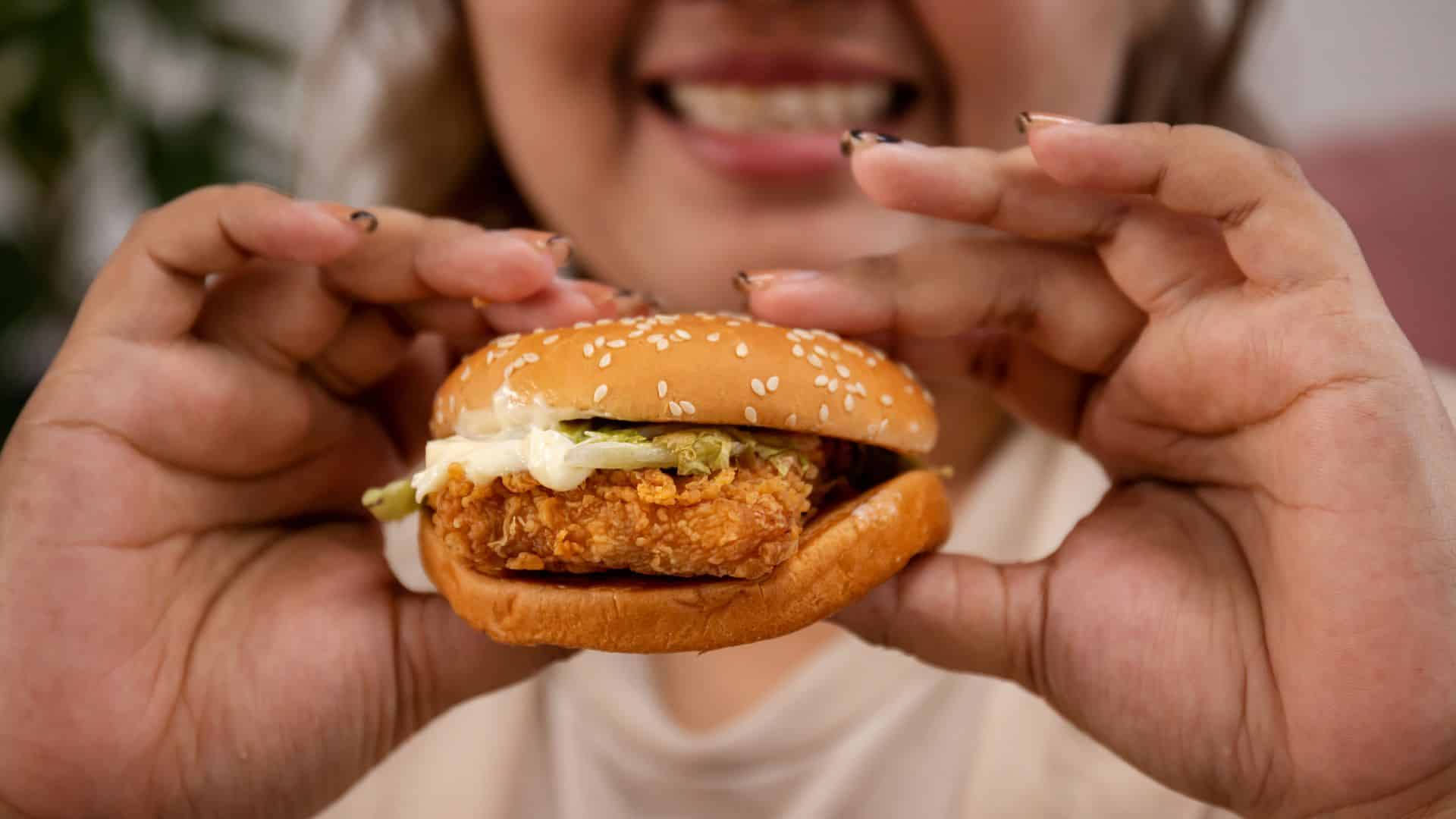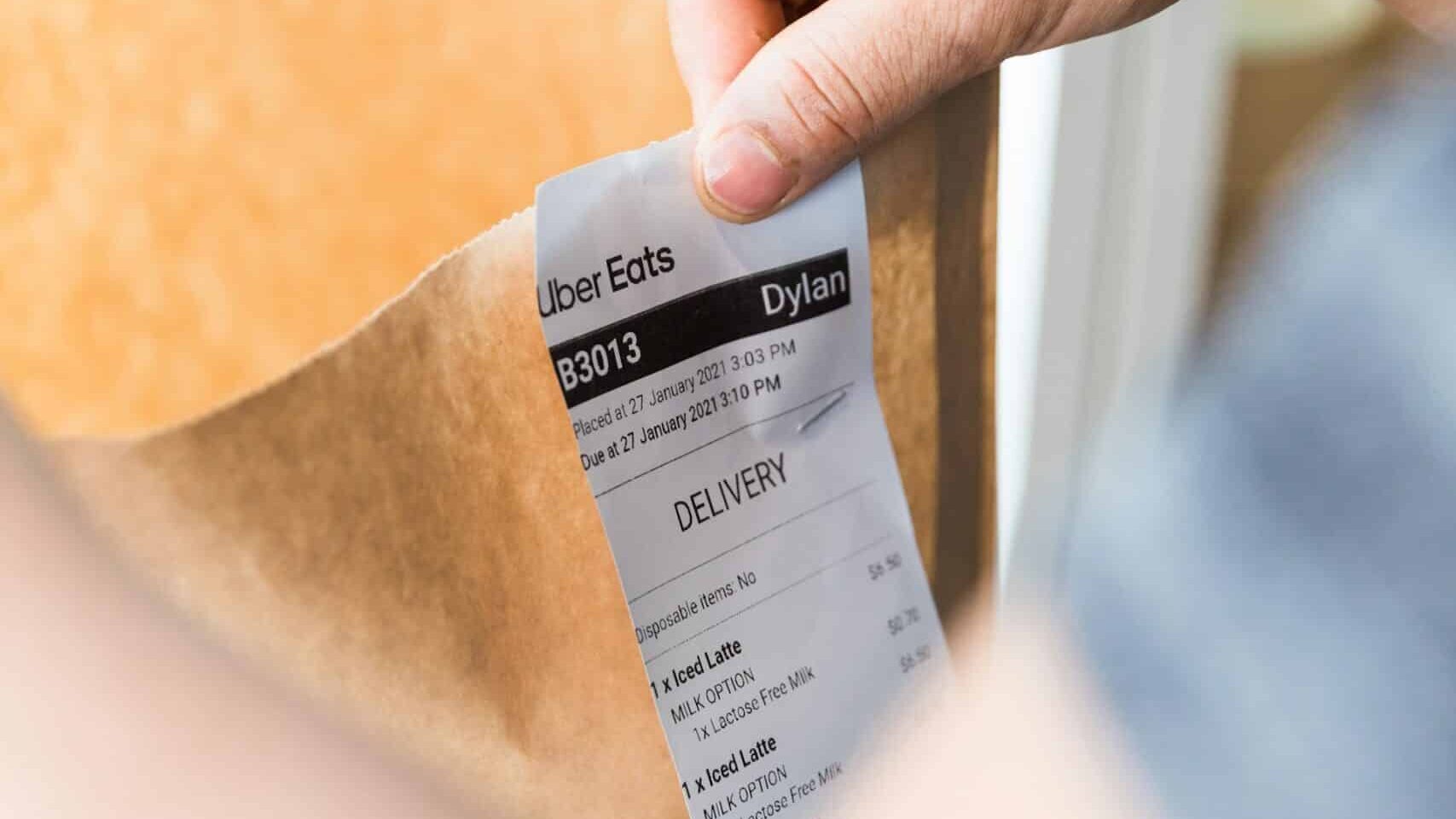$20 Lunches Are Pushing Workers to Skip the Midday Meal


The price of a weekday lunch has crossed a psychological threshold.
Once a casual $10 salad or sandwich, it’s now edging toward $20 a meal, leaving many workers rethinking whether to eat at all. In 2025, the average American spends more than $108 a week on workday lunches, up from $88 last year, according to a recent survey of 1,000 full-time employees.
As inflation squeezes budgets, the midday meal is becoming one of its most visible casualties.
The Inflation Ripple Effect

Behind every $20 salad lies a chain reaction of economic pressures. According to the National Restaurant Association, restaurant prices rose 3.7% year over year, while grocery prices increased 2.7%. Higher energy and labor costs continue to feed inflation across the food industry, pushing restaurants to raise menu prices even as customer tolerance fades.
Groceries, Tariffs, and Shrinkflation

At home, inflation has been no less punishing. Grocery costs rose 2.7% over the past year, driven by tariffs, labor shortages, and climate disruptions. Coffee prices alone surged 21.7%. To cope, brands have quietly shrunk product sizes, a phenomenon called “shrinkflation”, leaving consumers paying more for less.
These rising grocery costs are narrowing the gap between eating out and eating in, eroding the sense that one is a cheaper choice.
The Restaurant Cost Equation

Inflation’s effect on restaurants runs deeper than food prices. From 2019 to 2024, costs rose 31% for labor, 29% for food, and 20% for supplies. To stay afloat, many restaurants have had to raise menu prices by more than 25%, the threshold required just to maintain profitability. For diners, that means a lunchtime burrito or salad bowl that once cost $12 can now exceed $18 after fees and tips.
Workers Adjust—and Skip

Faced with higher costs, employees are making trade-offs. A new survey by ezcater, a food-focused tech platform, found that 51% of workers skip lunch at least once a week, while 17% skip it to save money. Even those who don’t are buying smaller portions, relying on value menus, or bringing food from home.
The result is a shift not only in spending but also in daily routines: the communal lunch hour is giving way to quiet desks and skipped meals.
The Human Cost of Inflation

The financial squeeze is now colliding with physical limits. Nearly 84% of employees say they’ve experienced “hanger”—a blend of hunger and anger—at work, leading to irritability, fatigue, and lapses in focus.
Data shows that hangry workers take longer to complete tasks and are less inclined to collaborate, turning economic strain into measurable productivity loss.
A Cultural Breaking Point

Public frustration with $20 lunches has become a kind of shorthand for inflation fatigue. “Why are we normalizing $20 lunches?!” one TikToker ranted, echoing millions of office workers.
Even restaurateurs admit they’re at a threshold: input costs keep climbing, but customers are reaching their limit. Some restaurants are quietly experimenting with smaller portions or fixed-price specials to stay competitive without alienating regulars.
The Reveal: Inflation’s Hidden Consequences

The full picture is more complex than expensive meals. Inflation isn’t just altering prices—it’s reshaping behavior, expectations, and workplace culture. Skipped lunches reflect a broader adjustment: employees working through hunger, companies rethinking perks, and families recalculating budgets.
The ripple of tariffs and labor shortages now reaches from farms to boardrooms, making the lunch break an unlikely symbol of the global economy’s strain.
Rethinking the Midday Meal

Whether through employer-subsidized lunches, budget-friendly meal planning, or tech-driven pricing, both workers and restaurants are searching for balance. Some companies are reviving free or discounted meals to retain talent. Others are embracing smaller, value-driven menus. The $20 lunch may be the new normal, but it’s also prompting a reevaluation of what midday nourishment, and time, are truly worth.
